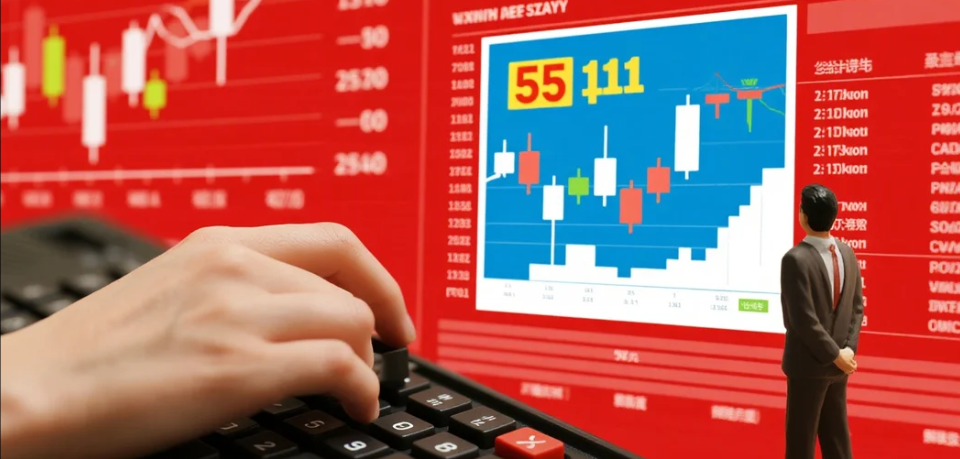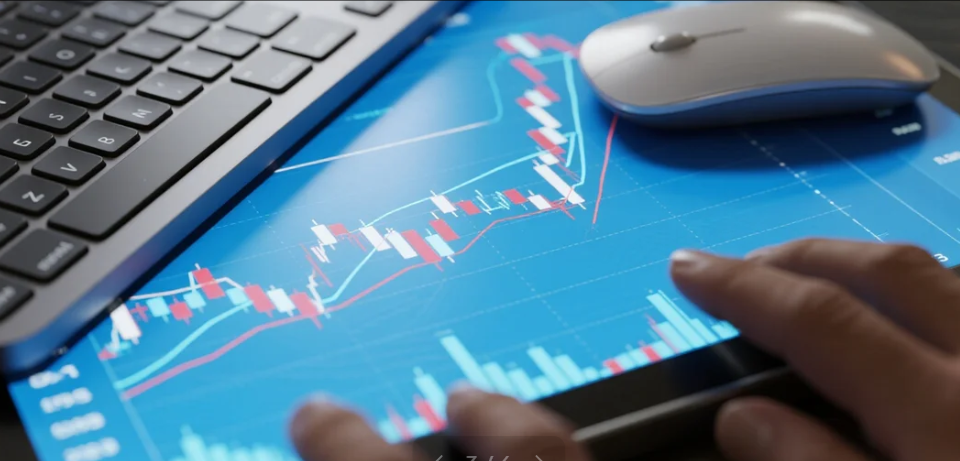
Financial investments face both the risk of a decline in the absolute level of asset prices (commonly referred to as "directional risk") and the risk of significant price fluctuations during the investment process (commonly referred to as "volatility risk"). For example, at the end of 2008, the CSI 300 Index stood at 1,817 points, and by the end of May 2012, it had risen to 2,632 points—an increase of over 800 points in absolute terms. However, it was common for investors to "gain the index but not profits." The root cause of this phenomenon lies in the substantial volatility risk during that period. During this process, the index experienced large swings, first surging to a peak of 3,803 points before falling back to a low of 2,254 points. Investors who bought stocks near 3,800 points suffered heavy losses. This is why it is said that "extreme market volatility can destroy societal wealth."
For institutional investors, particularly asset managers such as mutual funds, social security funds, pension funds, and insurance funds, managing both directional and volatility risks is essential. Maintaining the stability of a stock portfolio's value is a critical investment objective. For instance, pension funds have monthly cash payout obligations, making portfolio stability their top priority. High performance volatility can erode asset value and disrupt normal pension payments. Therefore, volatility-adjusted returns have increasingly become the most important metric for evaluating asset management performance, and the importance of controlling volatility risk has grown accordingly.
For asset managers, directional risk can be managed using futures. With sufficient margin and diligent daily management, future returns can be locked in, or future position costs can be controlled. However, futures prices are primarily determined by the absolute level of spot prices and do not reflect spot price volatility, making them an imperfect tool for managing volatility risk.
The advent of the Black-Scholes (1973) option pricing model made it possible to measure market volatility through market prices. Option premiums incorporate time, interest rates, and factors reflecting asset price volatility risk, capturing both the current spot price level and investors' expectations of future spot price fluctuations. Since option prices are influenced by the volatility of the underlying asset, the implied volatility (IV) derived from traded option prices can provide real-time insights into market participants' expectations and views on future market volatility.
The stock market volatility index, reflected by stock index option prices, reveals the market's expected volatility levels and sentiment pressure. It also serves as an important and reliable forward-looking reference for macroeconomic decision-making and market regulation. During the 2008 financial crisis, the volatility index provided U.S. regulators with an accurate gauge of market sentiment, enhancing the effectiveness and timeliness of macroprudential regulatory decisions. Today, the volatility index is also one of the key metrics used by global financial authorities and regulators, such as the IMF, BIS, Federal Reserve, ECB, and Bank of England, in their financial decision-making.
Stock index options are not only suitable for managing directional risk but are also particularly effective for managing volatility risk. For example, investors can buy one option while selling another to keep portfolio returns within a predetermined range over a specific period. Investors can also construct different option combinations or combine options with futures to trade changes in future market volatility. The rational use of stock index options makes market volatility management possible.
















